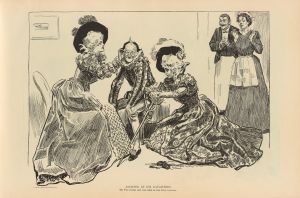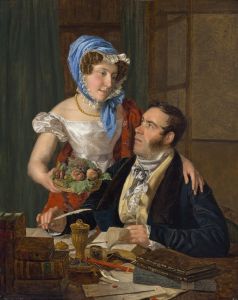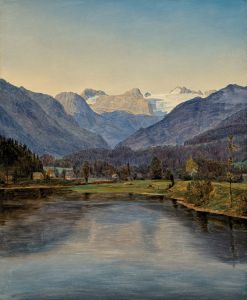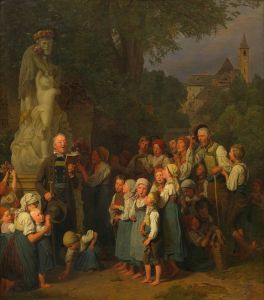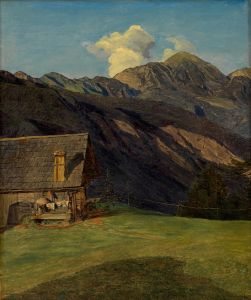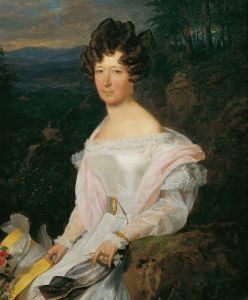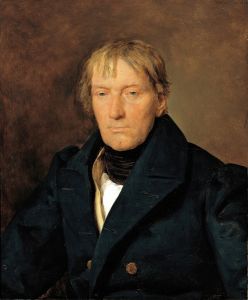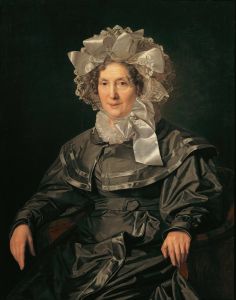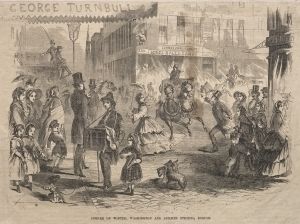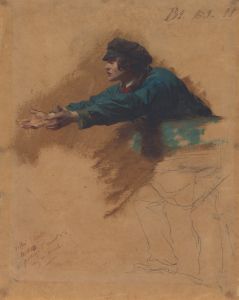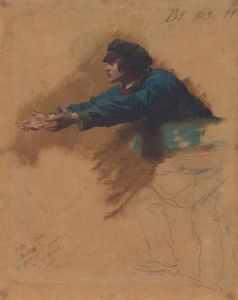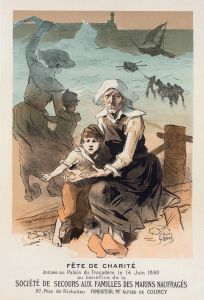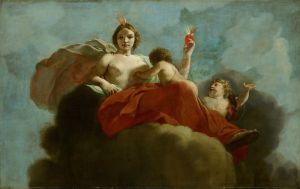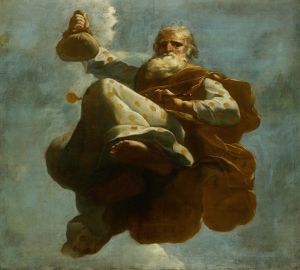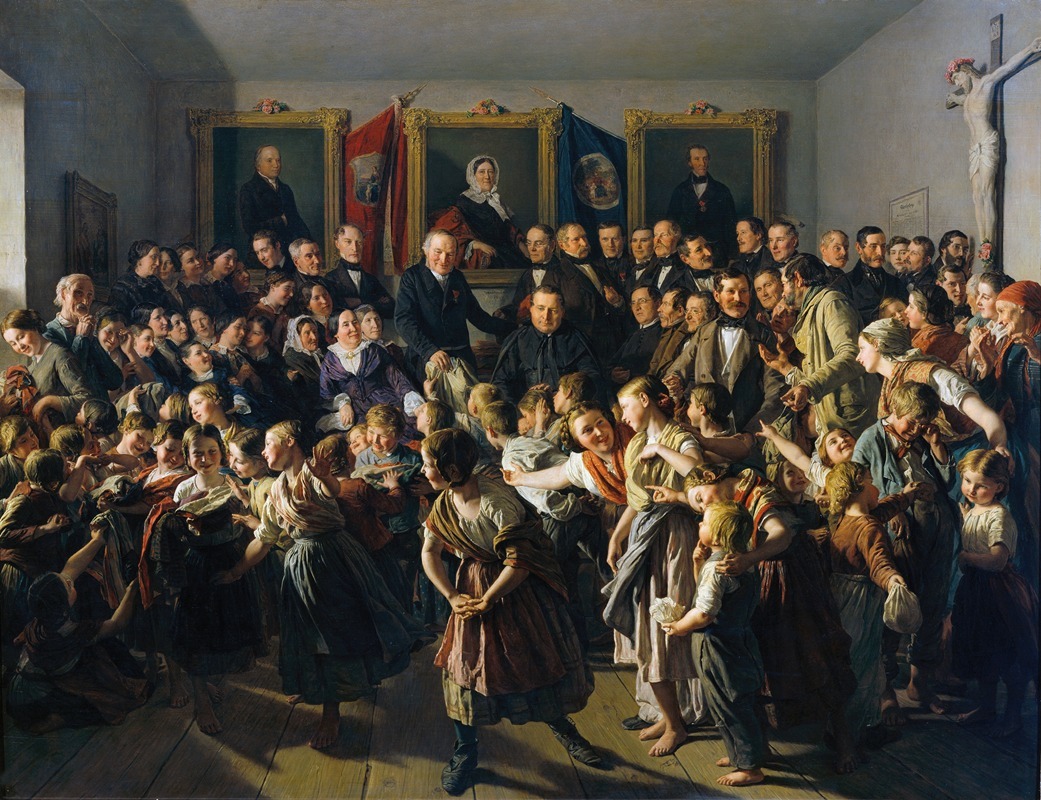
Kinder armer Eltern werden von der Gemeinde Spittelberg am Michaelitage mit Winterkleidern beteilt
A hand-painted replica of Ferdinand Georg Waldmüller’s masterpiece Kinder armer Eltern werden von der Gemeinde Spittelberg am Michaelitage mit Winterkleidern beteilt, meticulously crafted by professional artists to capture the true essence of the original. Each piece is created with museum-quality canvas and rare mineral pigments, carefully painted by experienced artists with delicate brushstrokes and rich, layered colors to perfectly recreate the texture of the original artwork. Unlike machine-printed reproductions, this hand-painted version brings the painting to life, infused with the artist’s emotions and skill in every stroke. Whether for personal collection or home decoration, it instantly elevates the artistic atmosphere of any space.
Ferdinand Georg Waldmüller was an Austrian painter renowned for his contributions to the Biedermeier period, a style characterized by its focus on realism and depictions of everyday life. One of his works, titled Kinder armer Eltern werden von der Gemeinde Spittelberg am Michaelitage mit Winterkleidern beteilt (translated as "Children of Poor Parents Receive Winter Clothing from the Spittelberg Community on St. Michael's Day"), reflects his interest in portraying social issues and the lives of ordinary people.
This painting, created in 1853, illustrates a charitable event where impoverished children are provided with winter clothing by the local community in Spittelberg, a district in Vienna. The scene is set on St. Michael's Day, a traditional feast day in the Christian calendar, celebrated on September 29. The artwork captures the spirit of generosity and communal care, themes that were significant in the socio-cultural context of 19th-century Vienna.
Waldmüller’s attention to detail and his ability to depict textures, light, and expressions are evident in this painting. The children, dressed in tattered clothing, are shown receiving warm garments, while members of the community, including benefactors and officials, participate in the distribution. The setting is likely a public or communal space, emphasizing the collective effort to support those in need. The painting not only documents a specific charitable practice but also highlights the broader social concerns of the time, including poverty and the role of community support.
As with many of Waldmüller’s works, this painting reflects his mastery of realism and his commitment to portraying the dignity of everyday life. His works often combined technical precision with a deep empathy for his subjects, making him one of the most celebrated artists of his era. Today, this painting serves as a historical record of 19th-century Viennese society and its values, as well as an example of Waldmüller’s artistic legacy.





